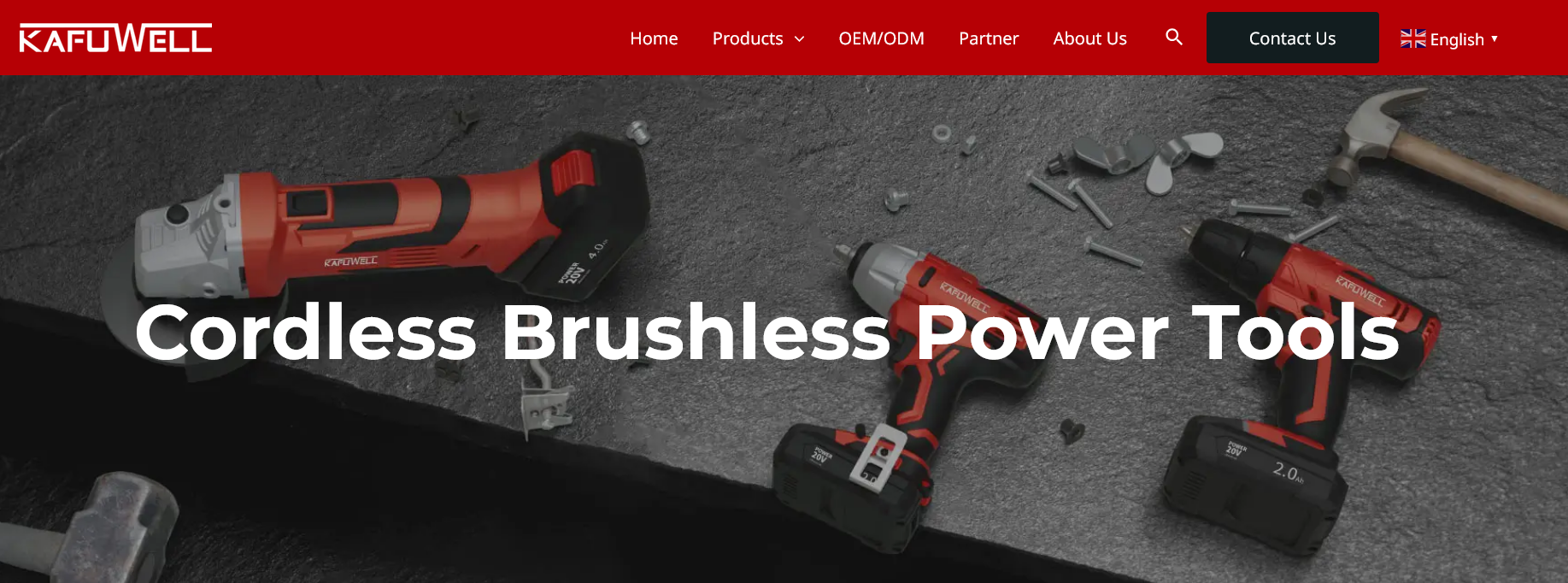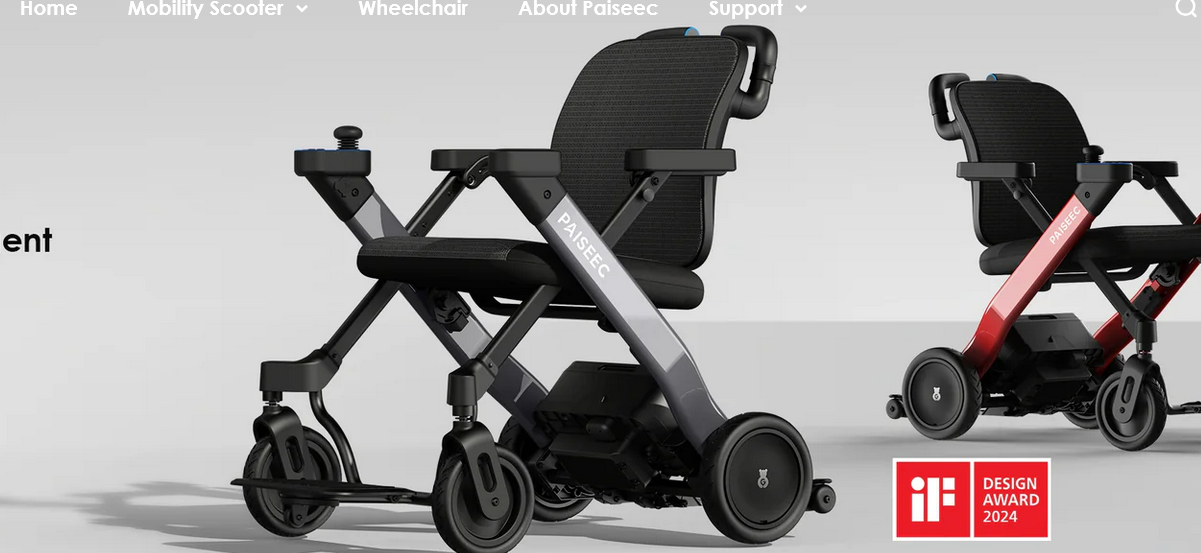Everything You Need to Know About Hammer Drills

Strong 8k brings an ultra-HD IPTV experience to your living room and your pocket.
When it comes to drilling through tough materials like concrete, brick, or stone, a standard drill simply won’t cut it. This is where the hammer drill comes into play. Whether you're a professional contractor or a DIY enthusiast, understanding the features and uses of a hammer drills can significantly improve your efficiency and help you tackle a variety of tough tasks.
What is a Hammer Drill?
A hammer drill is a power tool designed to combine rotary drilling motion with a hammering action. This hammering motion allows the drill to break through tough materials while spinning the drill bit. Unlike regular drills, which only rotate the bit, hammer drills use a percussion mechanism to rapidly push the drill bit in and out, creating a pounding effect.
How Does a Hammer Drill Work?
The hammer drill's mechanism works by utilizing two main components: the rotating chuck and the hammering mechanism. As the motor spins the chuck, the hammering mechanism pushes the drill bit forward with a pounding motion. This combination of rotation and impact allows the hammer drill to penetrate hard materials much faster than a regular drill.
The hammering action in a hammer drill comes from a set of gears and pistons within the tool, which can vary in power depending on the model. Some hammer drills allow you to turn off the hammering function, which is useful when you need to use the drill for regular tasks like driving screws.
Types of Hammer Drills
Corded Hammer Drills
Corded hammer drills are typically more powerful and offer consistent performance for heavy-duty tasks. They are ideal for professionals or anyone who needs a high-performance tool for demanding projects. These drills are plugged into an electrical outlet and provide unlimited runtime as long as they’re connected.
Cordless Hammer Drills
Cordless hammer drills are powered by rechargeable batteries, making them highly portable and ideal for use in areas where access to power outlets is limited. However, they may have slightly less power than corded versions, depending on the battery voltage. The convenience of cordless models makes them popular for DIY projects and light to medium tasks.
Rotary Hammer Drills
Rotary hammer drills are an even more powerful version of the hammer drill. They are specifically designed for heavy-duty tasks such as drilling into concrete or masonry. Unlike traditional hammer drills, rotary hammer drills use a piston mechanism for the hammering action, which provides much greater force. They are typically used in professional settings and on large-scale projects.
Features to Look for in a Hammer Drill
Power
The power of a hammer drill is usually measured in volts (for cordless models) or amps (for corded models). Higher voltages or amps translate to more power, which is important when drilling into tougher materials like concrete or brick.
Hammering Force
The strength of the hammering action is measured in joules (for corded rotary hammer drills) or impacts per minute (IPM). A higher impact rate is useful for quickly breaking through hard surfaces.
Variable Speed Settings
A hammer drill with variable speed settings gives you more control over the drilling process, allowing you to adjust the speed based on the material you are drilling into. Slower speeds are ideal for precise tasks, while higher speeds are useful for fast drilling.
Ergonomics
Comfort is key when using a hammer drill for extended periods. Look for models with an ergonomic grip, which will reduce hand strain and make the tool easier to control. Anti-vibration features can also make the experience more comfortable.
Chuck Size
The chuck size determines the types of drill bits you can use with your hammer drill. A larger chuck size (typically ½ inch) is compatible with a wider range of bits, including those used for larger holes in tough materials.
Clutch Settings
Some hammer drills come with an adjustable clutch, which is useful for preventing overdriving screws or damaging the material being drilled. This feature is especially important when using the drill for driving tasks.
Benefits of Using a Hammer Drill
Faster Drilling in Tough Materials
The primary benefit of a hammer drill is its ability to drill through tough materials like concrete, brick, and stone. The hammering action significantly speeds up the process compared to a regular drill, making it ideal for construction and renovation projects.
Versatility
Many hammer drills offer a “drill-only” mode, allowing you to use them for non-hammering tasks like driving screws or drilling into wood or metal. This versatility makes hammer drills an excellent choice for anyone who needs a tool that can handle a variety of tasks.
Increased Efficiency
The combined rotation and impact action of a hammer drill reduce the time and effort required to complete tough tasks. This increased efficiency can be a real advantage in both professional and DIY projects.
Greater Durability
Many hammer drills are built to withstand demanding tasks, which makes them more durable than standard drills. They can handle continuous use and provide long-lasting performance, especially when working with hard materials.
When to Use a Hammer Drill
Hammer drills are best used for tasks that require drilling into hard materials like:
Concrete: Drilling holes for anchors, taps, or plumbing
Masonry: Creating holes in brick, block, or stone
Tile: Drilling holes for mounting or fixture installation
Wood and Metal: With the hammering function turned off, hammer drills can also be used for driving screws or drilling into softer materials
For regular drilling into wood, plastic, or metal, a standard drill or drill driver may suffice. However, when the material becomes tougher, a hammer drill’s additional force can make the difference.
Conclusion
Hammer drills are a must-have tool for anyone tackling tough materials in construction or DIY projects. With their ability to drill through concrete, masonry, and stone, they offer superior performance compared to regular drills. Whether you're looking for a corded model for consistent power or a cordless one for portability, there's a hammer drill out there that suits your needs. By understanding the features, types, and benefits, you can choose the right hammer drill for your next project, ensuring faster, more efficient work every time.
Note: IndiBlogHub features both user-submitted and editorial content. We do not verify third-party contributions. Read our Disclaimer and Privacy Policyfor details.







